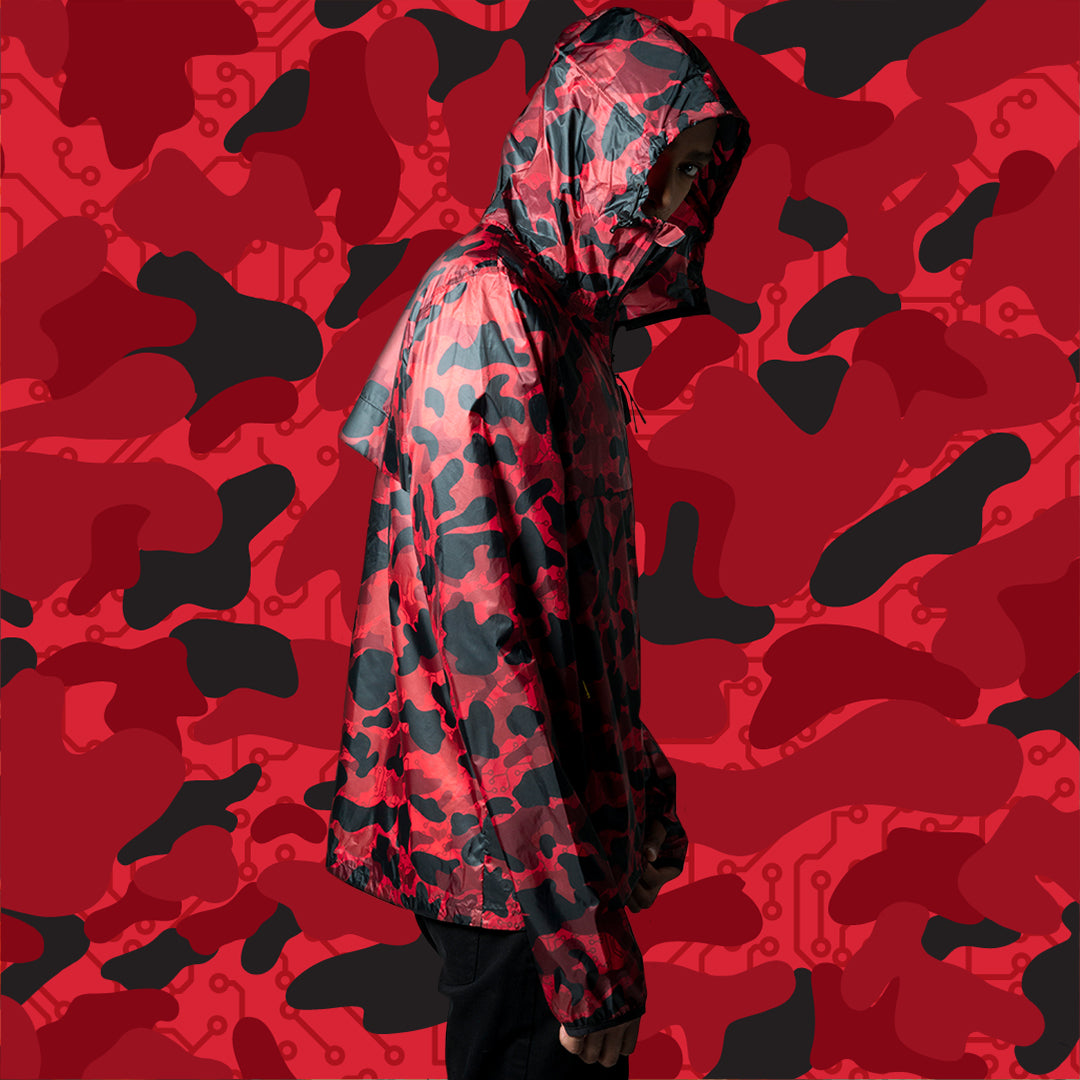Trying to pinpoint the exact moment that camouflage and military style in general became part of everyday fashion is a difficult task. The more you unpack, the digger you deep, the further you go, the more complicated it becomes.
A couple of months ago, someone came up to me and asked me “why do you design garments that promote war in an era where people are so aggressive, angry and actually at war?” I was in utter confusion for the following reasons:
- Not once has our brand ever mentioned anything related to war or expressed under any aggressive attitude. At the contrary, we are quite inclusive and pro life.
- Camouflage is everywhere. And when I mean everywhere, I mean look at this, this, this, and this.
Camouflage is tricky because it used to be part of the military style, but to truly understand camouflage, how to use it and even appreciate it, we must dig deep into it’s roots first.
A Brief History on Camouflage
Today, camo is everywhere, functioning almost as a neutral, like leopard print or pinstripes. Camo is naturally literally culturally accepted, recognizable and even a desirable design element. It can even be considered an innovation to some because initially, camouflage served to drastically alter the look and method of modern warfare. This is an innovative way of thinking.
It reminds me of that quote by Japanese designer Yohji Yamamoto, who famously explained his love of the color black like this: ‘Black is modest and arrogant at the same time. Black is lazy and easy — but mysterious. But above all black says this: “I don’t bother you — don’t bother me”.’
Likewise, when we wear camo as a fashion choice, it speaks to a sort of contradiction that runs through the minds of many fashion enthusiasts; the desire to be seen, distinctive and noticeable, but to still be enigmatic and inconspicuous. By wearing camouflage, you can set yourself apart from the sea of pinstripe suits, black woolen overcoats and stonewashed denim that forms the backdrop of contemporary urban life.
Back in late 2017 we began designing our own custom camouflage.
//// INSPIRATION ///
/// COLOR PALETTE ///

As part of our brand DNA, we designed our own language that would represent and reflect our brand values. We use four different symbols. For our own camouflage design we deeply wanted to continue a technological representation where technology is not just an electronic component, but also a manufacturing process and new materiales. To represent this idea, as a base line of all of our camouflage designs we used one of our symbols called SWITCH: ON/OFF for “high voltage” applications.
Each color and it’s name is explored in turn through a singular history, unique and personal significance based primarily in our founders heritage. Color allows for an exceptional kind of communication. It’s possible to express oneself in a way words simply cannot. It’s the incarnation of emotions.
GRASSHOPPER CAMO: Our most popular and important camo in the range of color green. Its name is inspired by having a high sacred value and represented the supernatural power for the Mexica community. The Aztecs used to eat ‘chapulines’ known today as the “ancient caviar”.

JARHEAD CAMO: Our personal style taking reference from US marine corps.

AQUA CAMO: light blue-green with a bit of grey mixed in. Color is such an important color for us, it represents earth, life and even power. For this color creation, the green makes it an earthy, fresh color, while the blue adds a restful quality.

DESIERTO: One of the most popular camouflage colors out there today. We wanted to create our own version of Desierto Camo® by MACHINA.

BLUE DEMON CAMO: Among colours blue is perhaps one of the most often employed colors in custom and art history. Egyptians are said to be the first who obtained from lapis lazuli stone powder this particular color which they used to decorate Pharaohs’ tombs. Everybody knows how blue is perfect on any occasion, smart without being striking. Our blue demon camo was very difficult to achieve due to the fact of creation of a perfect balance among blue without being over ostentatious. Our blue demon camo is significant and legendary.

DIABLO CAMO: Distinctive in every way inspired in a devil mask from the ceremony of the viejada in Tempoal, Veracruz, Mexico.

PUMPKIN ORANGE CAMO: We wanted to use a color to really stand out among all otther camos, orange seemed like a good fit. It is definitely not for everyone, we know there are a lucky few who dare.
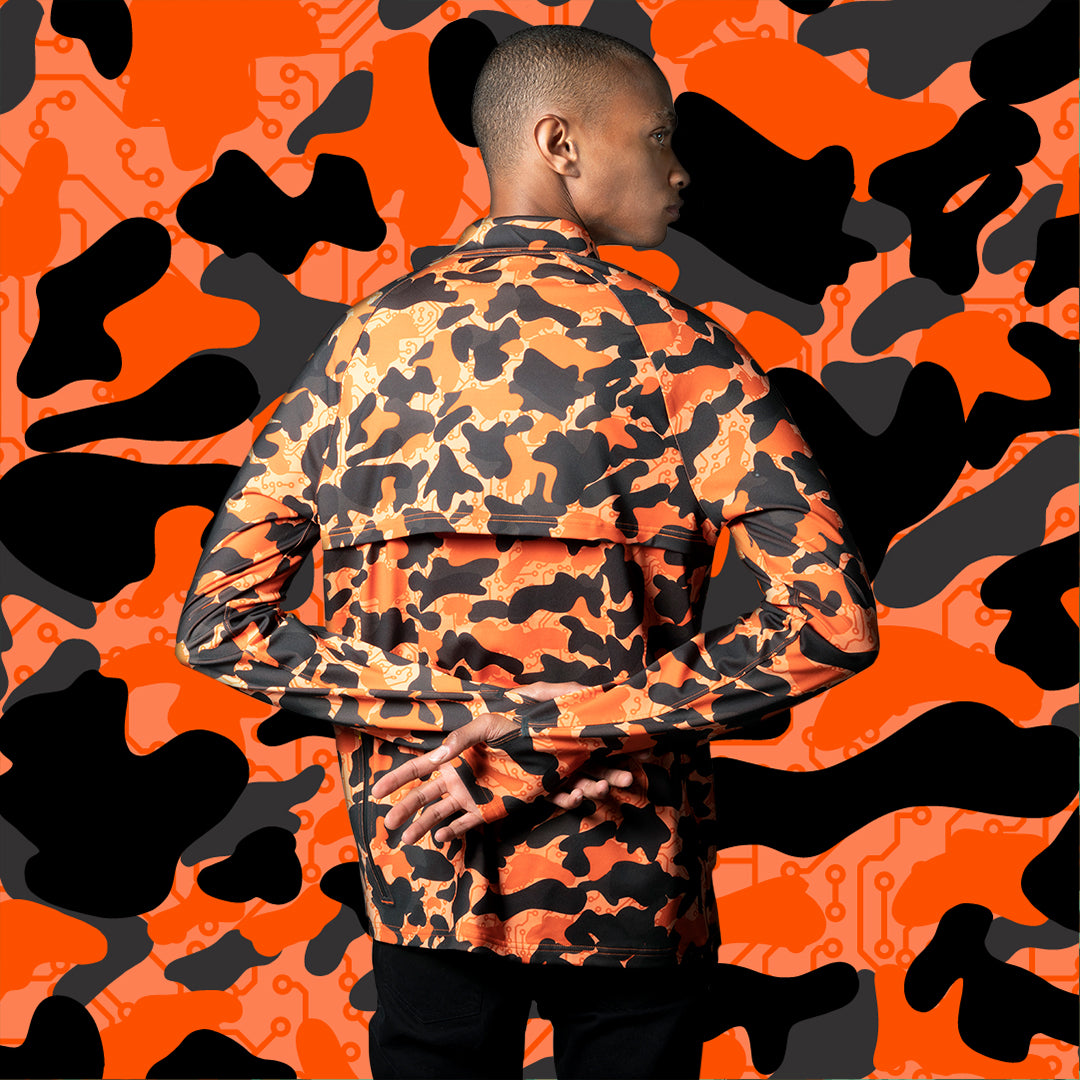
BLACKA MAMBA: This camouflage got the inspiration from black mamba snake colors a combination of a variety of blacks with the white color making a great contrast.
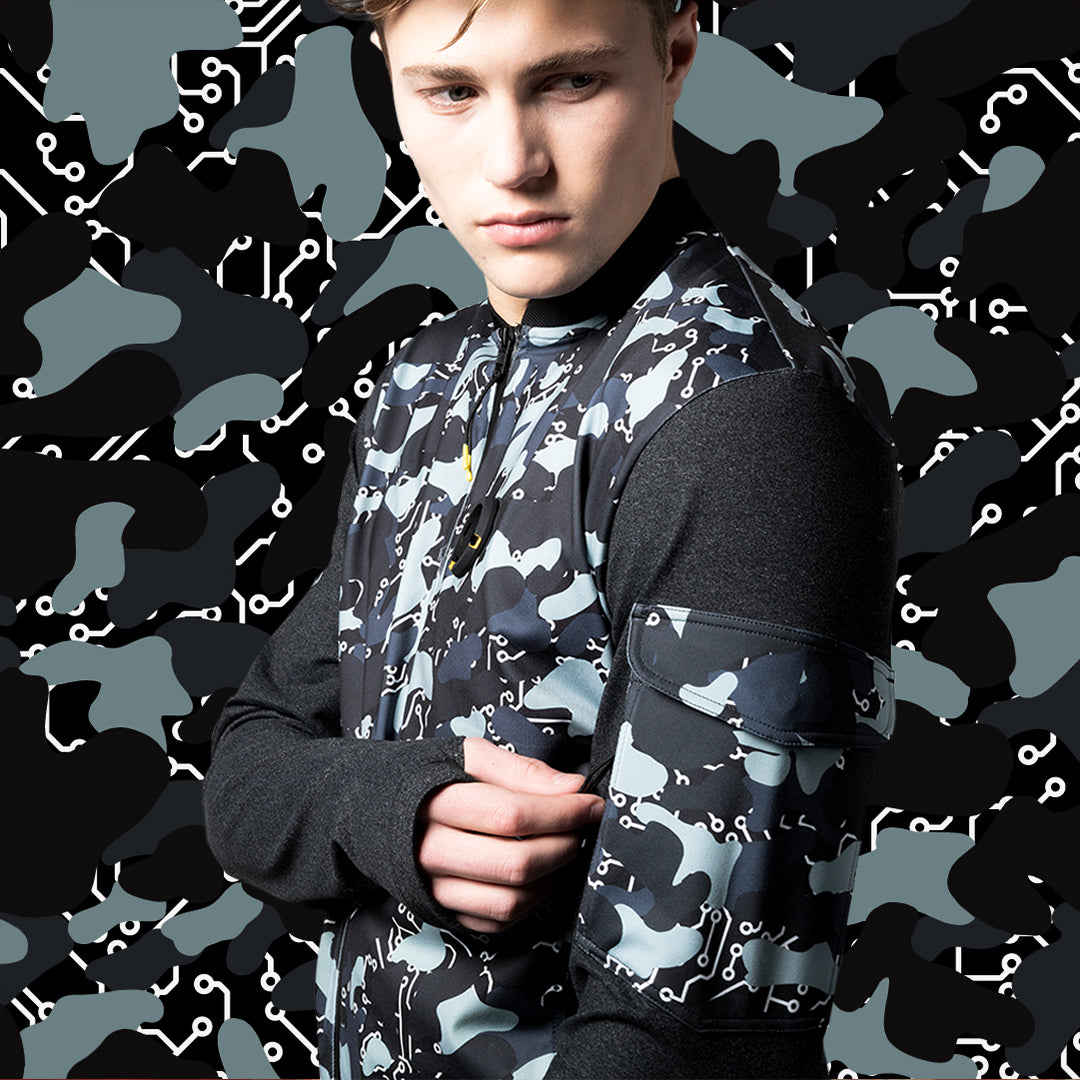
— — — — — — — — — — — — — — — — — — — — — — — — — — — — — —
ELECTRIC SERIES
ELECTRIC WHITE CAMO: Our version of a white camouflage with some colors we can relate with Machina's brand DNA.
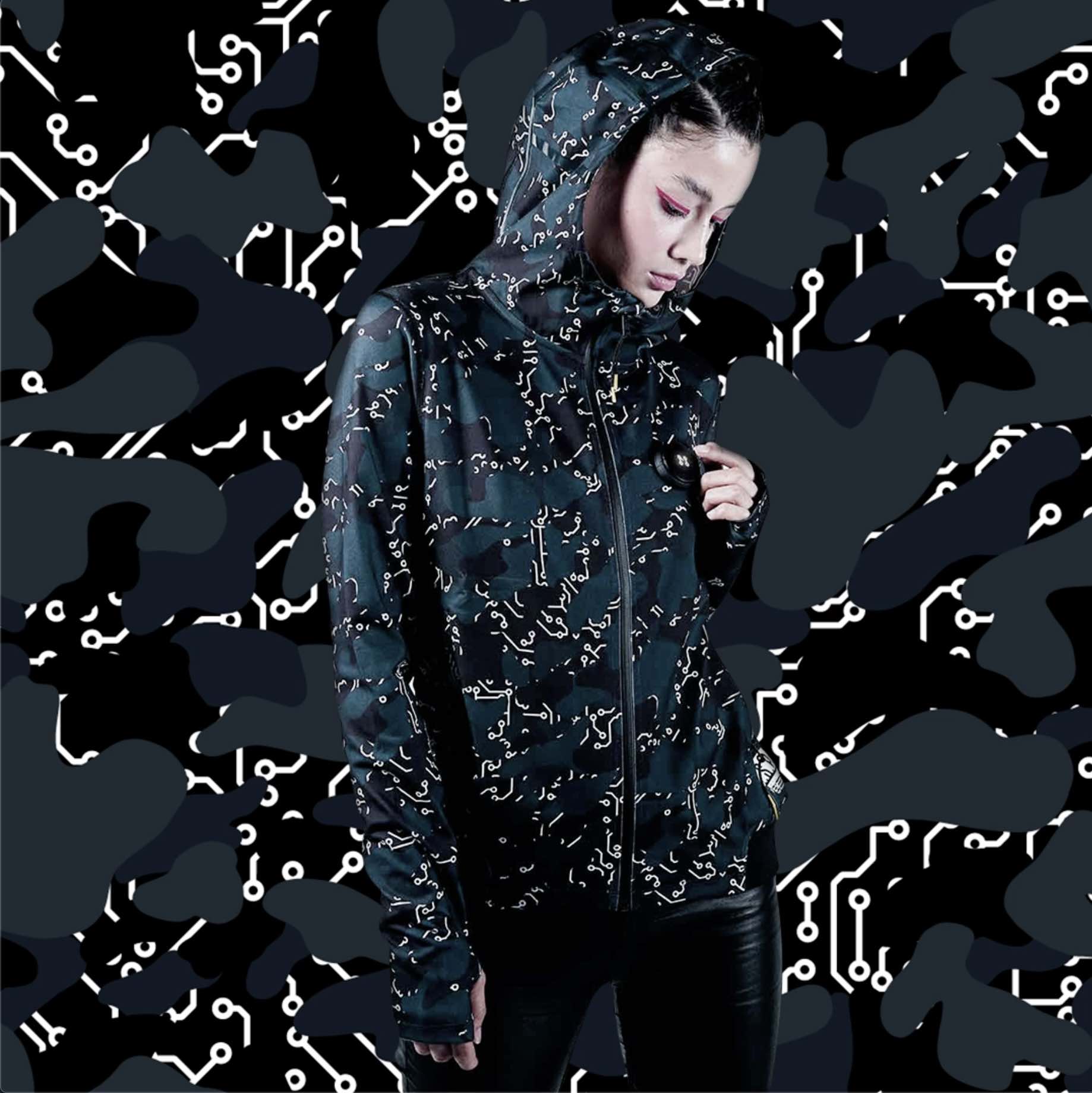
ELECTRIC ORANGE: Our version of an orange camouflage with some colors we can relate with Machina's brand DNA.

ELECTRIC YELLOW: Our version of a yellow camouflage with some colors we can relate with Machina's brand DNA.

ELECTRIC BLUE: Our version of a blue camouflage with some colors we can relate with Machina's brand DNA.
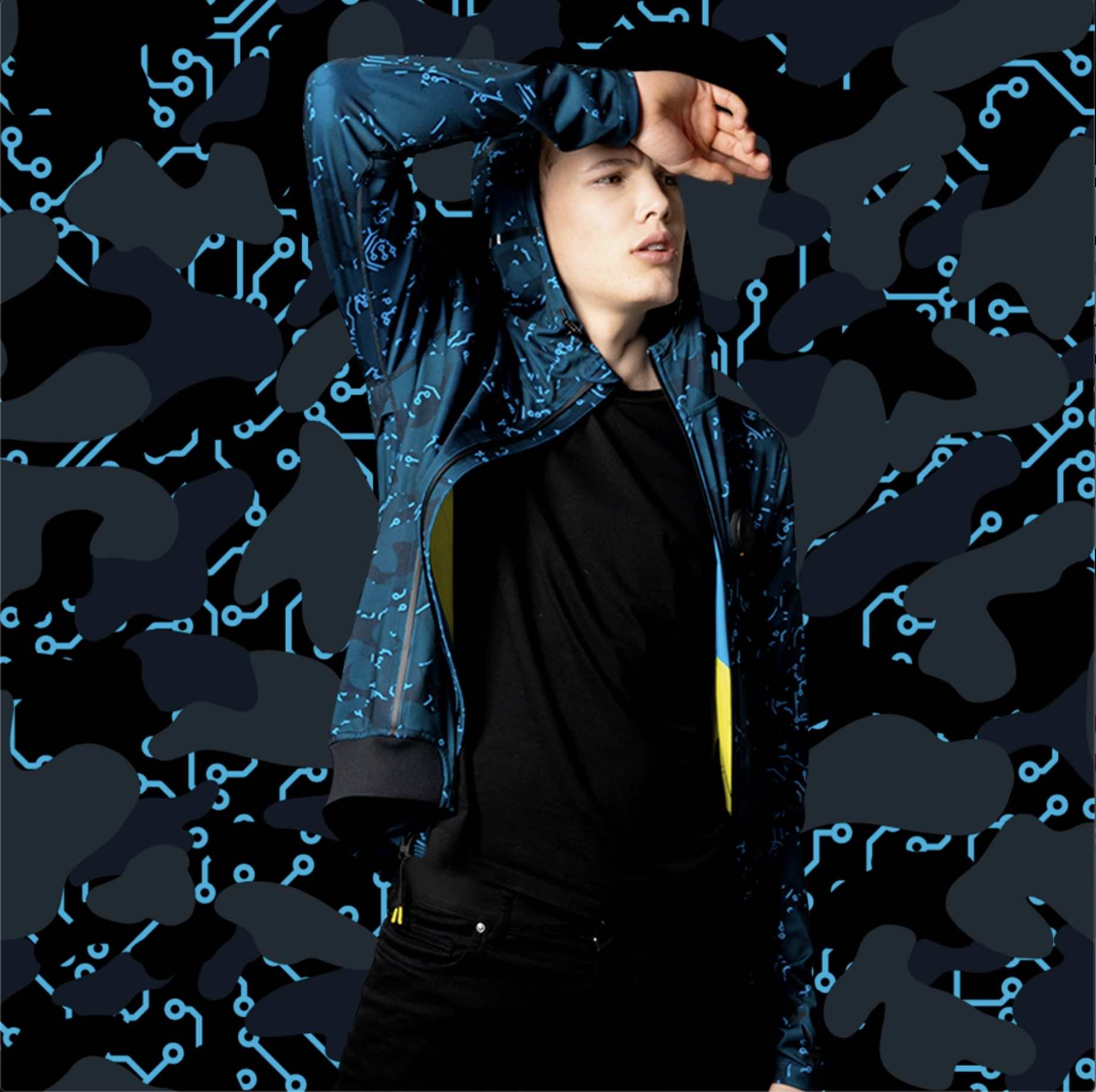
*** All Electric Series Camo® by MACHINA are available in different models here.
The surge of new custom-made camouflage patterns where first issued by sporting companies who marked the emergence of camouflage as a unique marketing tool that exploited its paradoxical abilities to both disguise and identify. Only now it was not just different countries creating unique patterns, but rather companies who were exploiting camouflage for branding purposes.
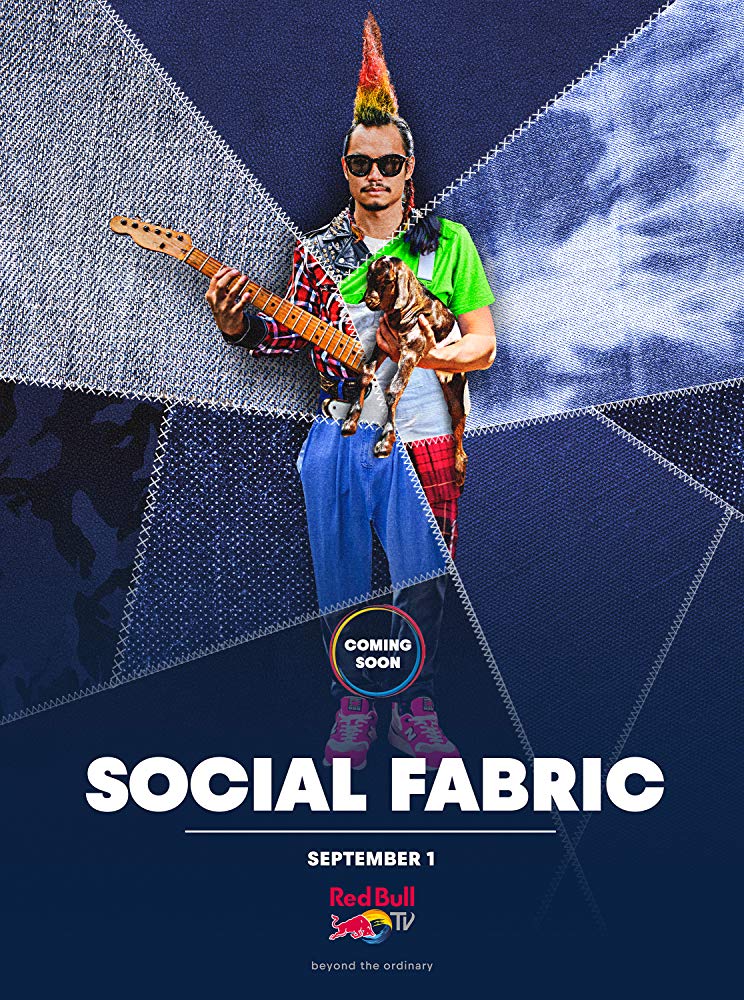
Social Fabric episode 12 from season 01 explains the relationship between camouflage and streetwear. To see the full episode click here.
Maharishi, a London-based streetwear label, founded by Hardy Blechman, in 1994. The label is defined by its ‘pacifist military design’ aesthetic, as camouflage is a common motif in their overtly military-themed designs.
Maharishi is just one of many streetwear companies that turned to camouflage as both a marketing tool and a way to increase urban credibility.
Japanese entrepreneur named Nigo founded the urban streetwear company A Bathing Ape (often called BAPE) in 1993. It soon after began issuing camouflage patterns, and in 1996 released its “Duckhunter Ape” pattern showing a swirled version of their logo composed of an ape’s head reminiscent of the Planet of the Apes movie. This pattern quickly became their house camouflage pattern and signified at a glance one who subscribed to the BAPE lifestyle. The company plastered the camouflage pattern on everything from t-shirts, hoodies and shoes to limited edition vinyl toys.
The pattern in effect elevated the visibility of the brand, as well as the prices — it was not uncommon to pay over $200 for a cotton sweatshirt. I mean if late actor Robin Williams wearing a Bathing Ape camouflage shirt isn’t mainstream enough I don’t know what is.
Other streetwear companies that turned to custom camouflage in their search for brand loyalty, credibility and increased revenues included Stussy, Supreme, and Triple 5 Soul. On an artistic level, these customized patterns held true to camouflage’s origins as referential to the environment; however, this time it was not the muted color schemes of foliage, but rather the bright acid tones of graffiti in an urban environment that these new patterns evoked.
The application of camouflage to streetwear reveals a potent capacity for camouflage to make known tribal and brand loyalties, as well as portray a sense of authenticity.
Creating your own camouflage print is not an easy task. Recently Supreme got suied over “Copyrighted” Camouflage Pattern from an outdoors brand. It is such a complex task, it is no wonder it becomes a continious signature staple of the brand.

More than just a textile pattern, camouflage is a conceptual and physical device through which identities are shifted, altered, killed or born.
“The role of camouflage is not to disguise, but to offer a medium through which to relate to the other. Camouflage constitutes a mode of symbolization and operates as a form of connectivity [with our environment].” — Theorist Neal Leach
After a very brief description and insights into camouflage world, dear curious customer, I can only tell you this:





